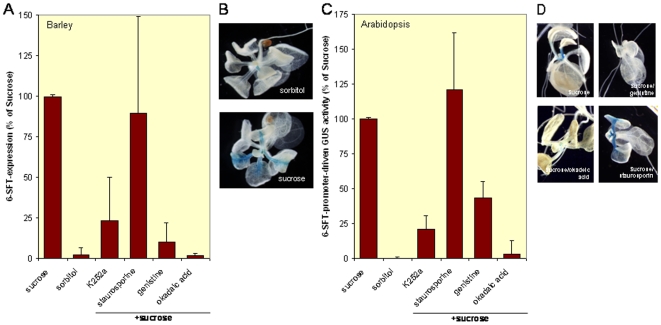Figure 1. Reversible phosphorylation drives in planta induction of the 6-sft promoter.
A. Using qPCR the amount of 6-sft mRNA in barley was determined. As compared to 100 mM sorbitol (osmotic control), treating leaves with 100 mM sucrose substantially induced 6-sft transcripts. This induction was sensitive to 0.1 µM okaideic acid (a S/T phosphatase inhibitor), 0.2 µM K252a ( a broad spectrum kinase inhibitor), and 2 µM genistein (a receptor tyrosine kinase inhibitor) but not to 2 µM staurosporin (a Calcium/calmodulin dependent protein kinase inhibitor). B. To study sugar signal transduction in A. thaliana, this plant was transformed with a construct in which the GUS reporter was driven by the barley 6-sft promoter. Without the addition of external sugars, GUS expression is seen mainly in the apex and in young leaves, disappearing in older leaves. The little induction of GUS activity that was seen following overnight treatment of A. thaliana seedlings with a solvent osmotic control (100 mM sorbitol) was similar to non-treated plants, the strong induction of GUS activity as seen following overnight treatment of A. thaliana seedlings with 100 mM sucrose is clearly visible. C. Quantification of the GUS activity after addition of various kinase inhibitors and a phosphatase inhibitor on sucrose-mediated GUS induction in A. thaliana. D. Examples of plants treated with kinase inhibitors or a phosphatase inhibitor.

